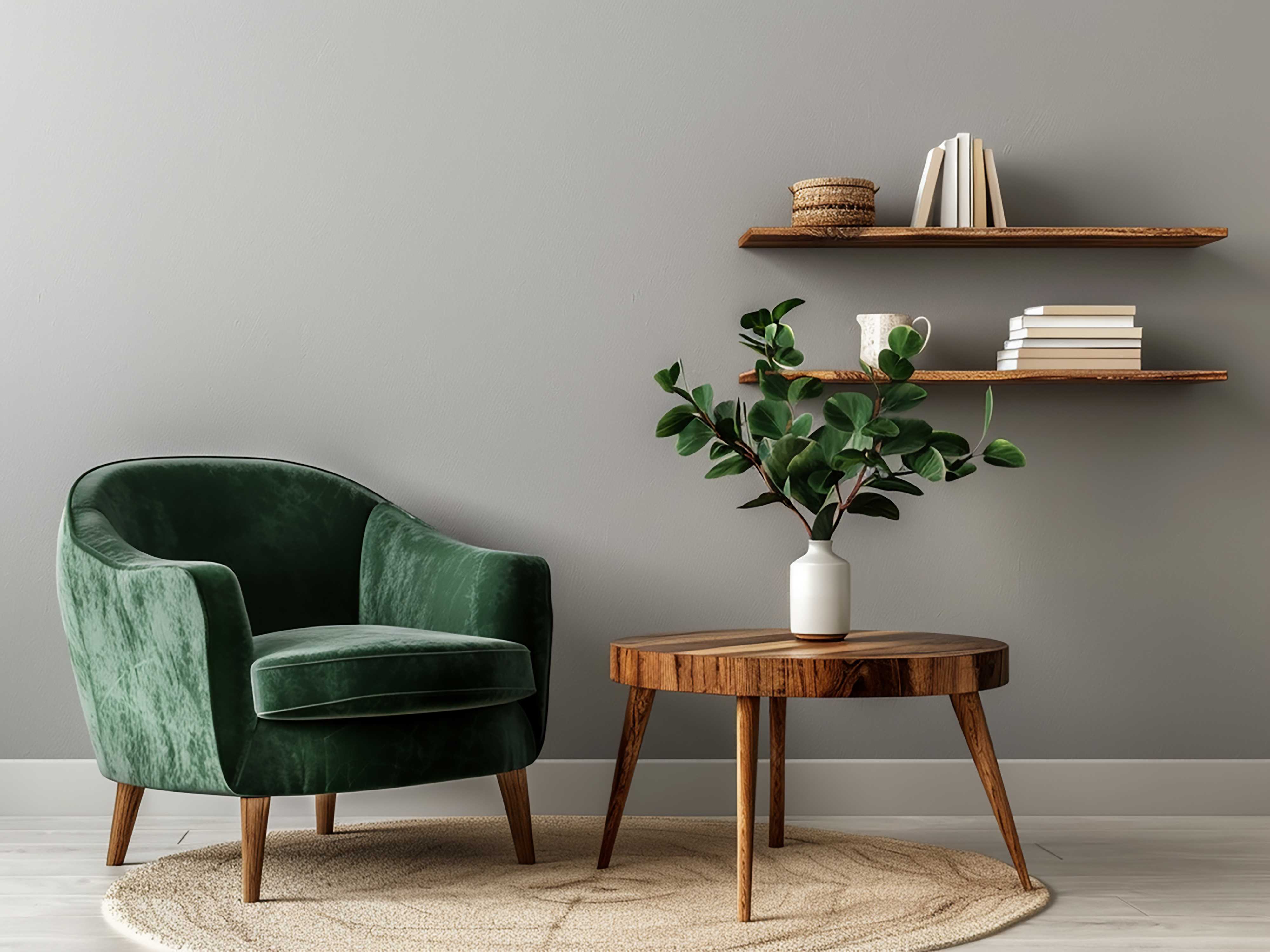

Harmony in home furnishing is a crucial aspect of interior design. Achieving a balanced, cohesive look involves careful selection and arrangement of furniture and decor. It transcends mere matching of colors and extends to the flow and feel of the space. It is about creating an environment where each piece complements the other, contributing to an overall sense of unity.
One of the fundamental elements in harmonious home design is the use of color. A well-considered color scheme can tie different elements of a room together. Whether you choose a monochromatic palette or a range of complementary colors, consistency is key. Textures also play a significant role. Combining various textures adds depth and interest to a space. For example, smooth and shiny finishes can contrast beautifully against rough or matte textures, providing a sophisticated interplay.
Proportion and balance in furnishing are about scaling furniture to the room size and balancing them within the space. Consider the size of your room when selecting furniture — a large room can handle bulky, substantial pieces, while a smaller space may benefit from more delicate, scaled-down furniture. Strive for balance by distributing visual weight evenly across the room. For instance, pairing a large couch on one side with a set of smaller chairs on the other can provide a sense of equal visual weight.
The functionality of your layout is as important as its aesthetics. Ensure that the arrangement of furniture supports the natural flow of traffic in your home. Create clear pathways and consider the purpose of each space. For a living room, you'd want to position seating in a way that encourages conversation and social interaction, while in a home office, your desk and storage should be arranged to enhance productivity and comfort.
Accessories add personality to your home and are the finishing touches that bring everything together. Use cushions, rugs, art, and lighting to complement the style and color scheme of your furnishings. However, be mindful not to overcrowd the space. Choosing accessories should be intentional — each piece should serve a purpose or bring joy.
A harmonious home reflects personal style. It doesn’t mean that everything has to match perfectly, but rather that there’s a thoughtful consideration for how pieces work together. Let your individuality shine through by choosing furnishings and decor that speak to your personality while maintaining a cohesive look. An eclectic mix of furniture and accessories can still be harmonious if curated thoughtfully.
To maintain harmony, employ a consistent theme or motif throughout your home. This could be a specific style such as mid-century modern, a recurring color, a pattern, or even a material. Whatever you choose, let it be the guiding thread that ties together different rooms for a home that feels connected and thoughtfully composed.
Achieving harmony in home furnishings is an art that balances aesthetics, functionality, and personal style. By considering color, texture, balance, proportion, and accessorizing strategically, you can create a serene and inviting space that resonates with your individual style. Remember that harmony is not about perfection, but about creating a balanced environment that feels right for you and your family.